Hidden Gems in Cameroon That Most Tourists Miss
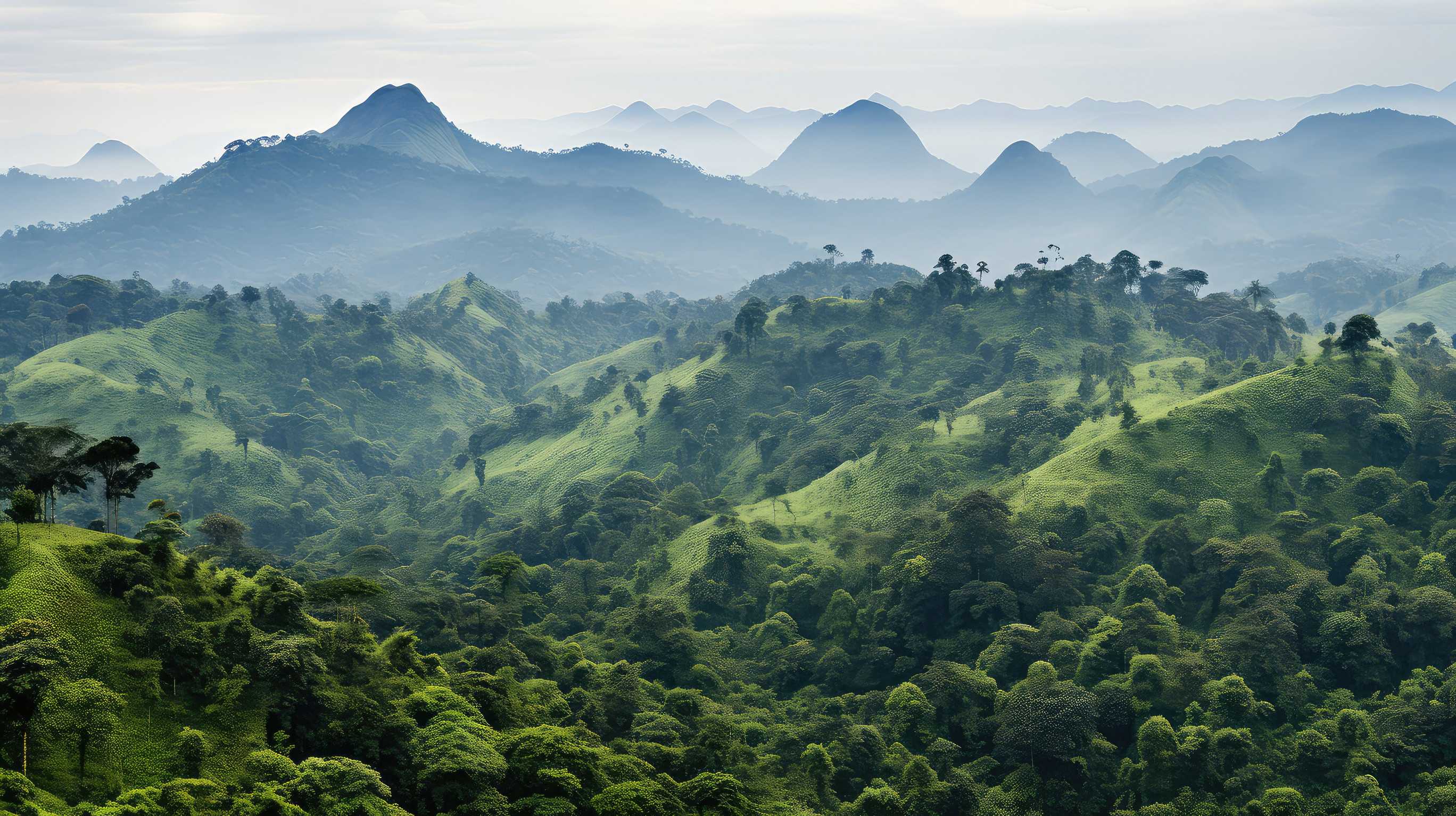
While Cameroon is often celebrated for its iconic landmarks like Mount Cameroon, Waza National Park, and the coastal charm of Kribi, much of the country’s true magic lies off the beaten path. Beyond the well-trodden tourist routes are captivating places and experiences that reveal the depth of Cameroon’s cultural richness, biodiversity, and timeless traditions.
This guide helps to identify the hidden gems. Whether you're an adventurous traveler eager for untamed nature or a curious explorer seeking cultural immersion, Cameroon has a wealth of overlooked destinations waiting to be discovered.
Hidden Natural Wonders of Cameroon
Cameroon has many beautiful places that are not very well known, but they are full of natural beauty.
Korup National Park
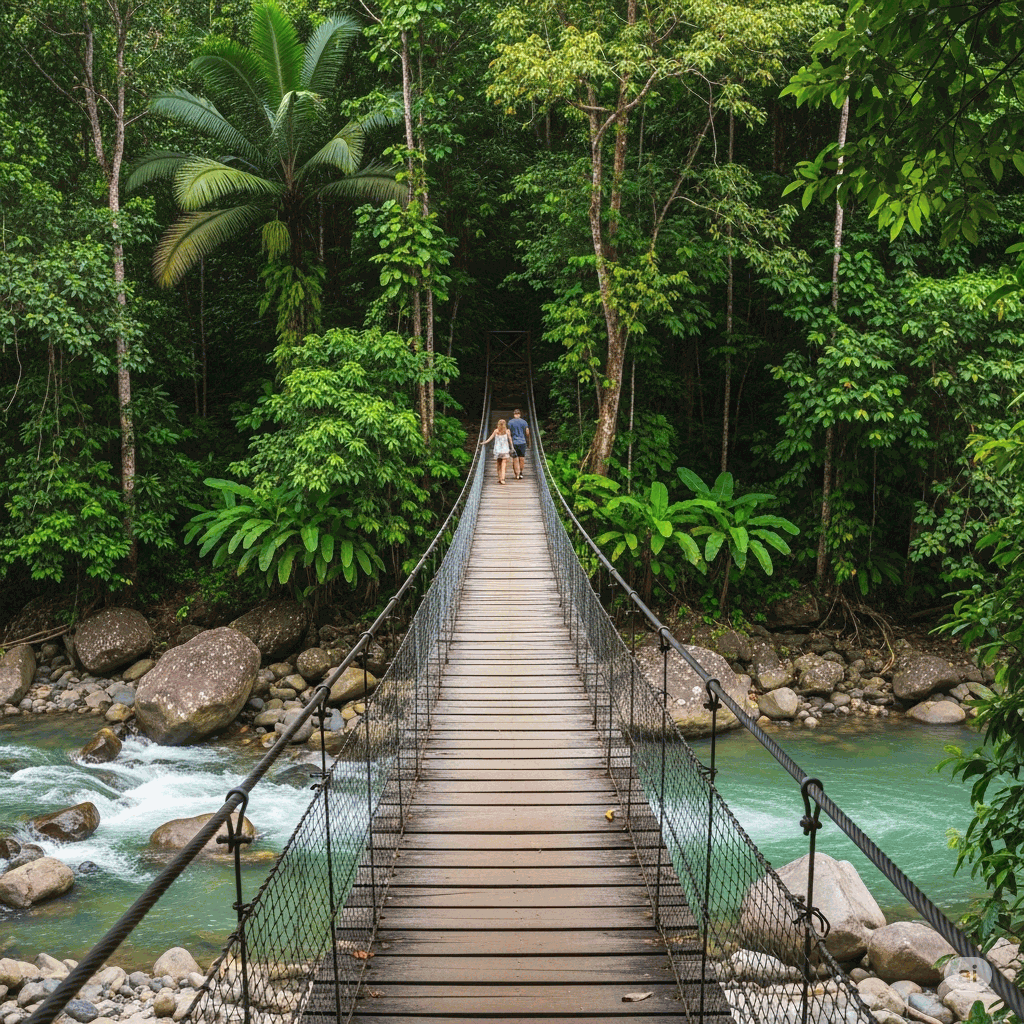
Most people know Waza National Park for its animals in the dry north, but Korup National Park in the Southwest is a hidden rainforest treasure. It’s one of the oldest rainforests in Africa and is home to many rare plants, monkeys (like the endangered drill), and over 400 kinds of birds. The forest is filled with huge, ancient trees and peaceful walking trails. Because it’s far away and hard to reach during the rainy season (May to October), not many tourists visit—but it’s truly special for nature lovers.
Dja Faunal Reserve
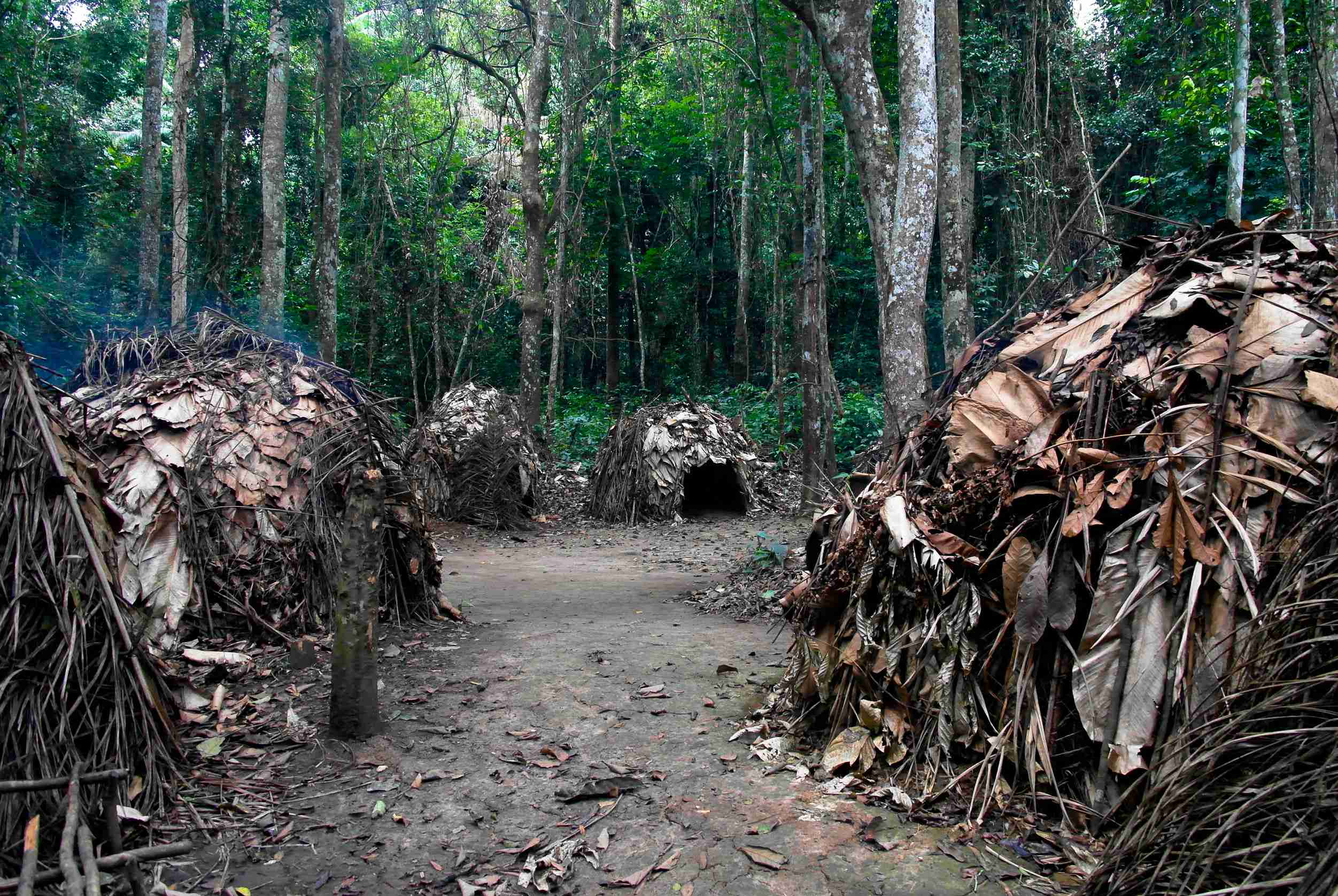
This rainforest in southeast Cameroon is a UNESCO World Heritage site. It’s one of the biggest and most protected rainforests in Africa. The Dja River circles it almost completely, keeping the forest safe and untouched. It’s home to rare animals like gorillas, chimpanzees, forest elephants, and the African grey parrot. You can also meet the Baka pygmies who live in the forest the traditional way. Because it’s far and protected, you’ll need a special permit and a trained guide to visit.
Lobe Falls (Chutes de la Lobé)
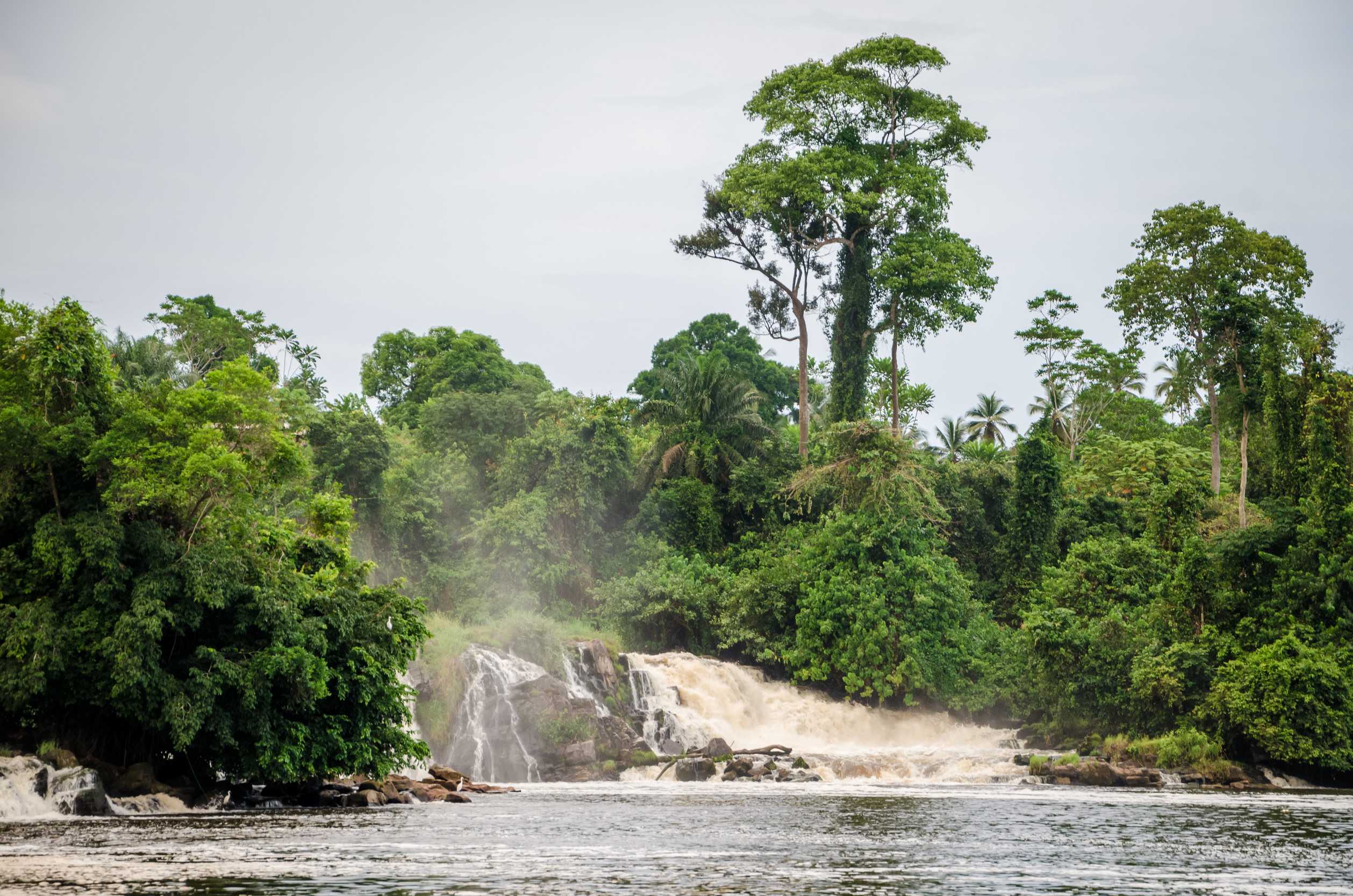
Near the beach town of Kribi, the Lobe Falls are very special. They are one of the only waterfalls in the world where a river flows straight into the ocean. The view of the water falling into the sea is amazing, especially with the clean, quiet beaches nearby. Many visitors to Kribi relax on the beach but miss the boat ride up the river to see this rare waterfall up close—something truly worth doing.
Manengouba Twin Lakes
High up in the Southwest Region, the Manengouba Mountains hide a breathtaking surprise: two crater lakes sitting side by side—one green, one blue. Locals call them the "male" and "female" lakes because of their different colors and shapes. It’s a great place for hiking and offers beautiful views of the hills and valleys below. Getting there can be a bit tough, but for those who make the trip, it’s a peaceful and magical spot.
Mount Oku and Lake Oku
Located in the Northwest Region, Mount Oku is one of the tallest mountains in Cameroon, surrounded by lush forest and home to rare birds found nowhere else in the world. Near the summit lies Lake Oku, a quiet crater lake surrounded by trees and mist. It’s a perfect place for eco-tourists, bird watchers, and hikers looking for untouched nature and cool mountain air.
Cameroon’s Cultural & Historical Enclaves
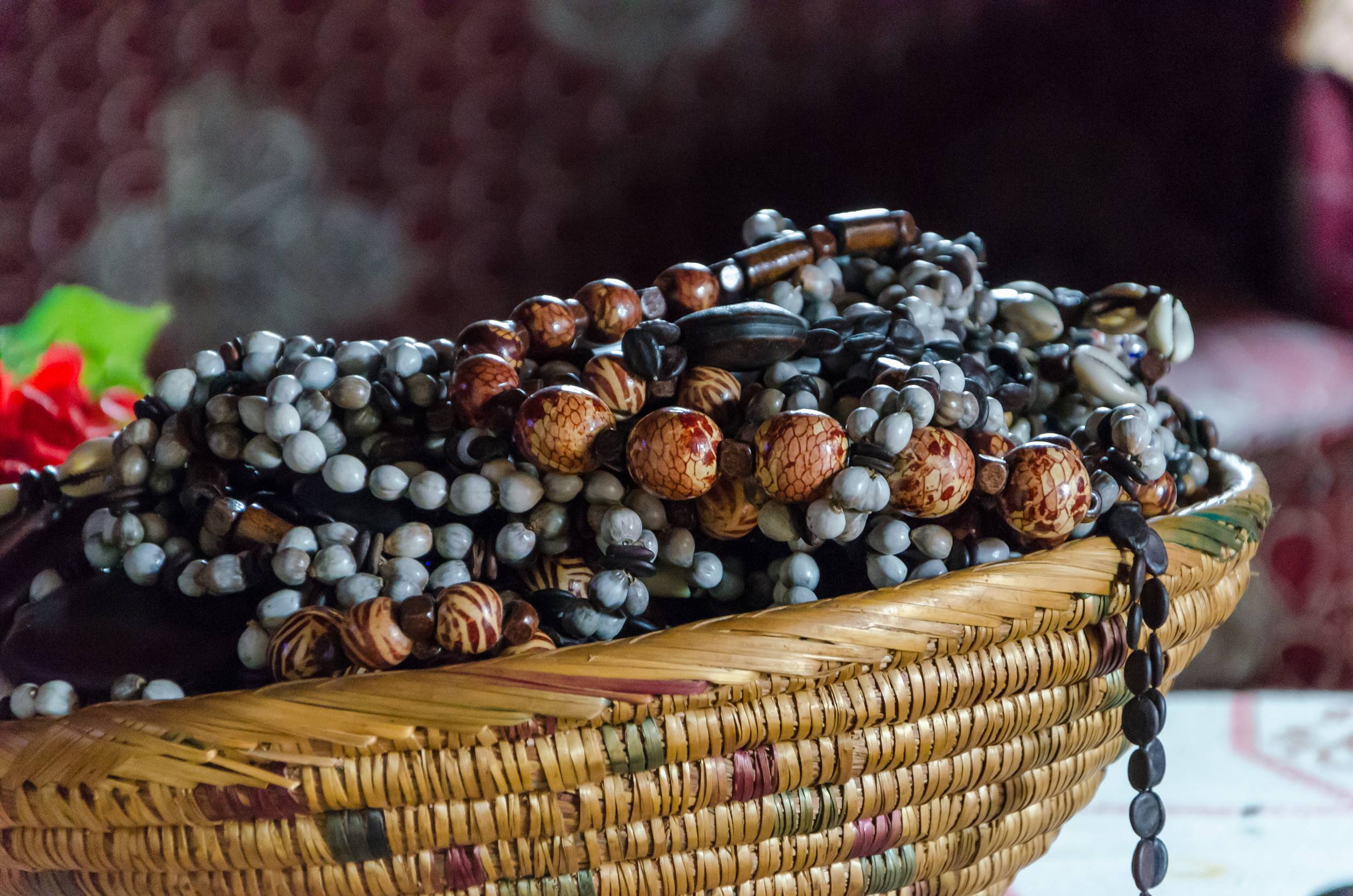
Cameroon's history is deeply etched into its traditional kingdoms and colonial architecture, much of which remains undiscovered by the casual visitor.
Bamessing Village and Its Bronze Art
Bamessing is a quiet village found along the famous Ring Road in the Northwest Region of Cameroon. What makes it special is its long tradition of bronze casting. For more than 400 years, families in Bamessing have passed down the skill of making bronze objects by hand. These items include decorative statues, tools, and traditional symbols used in ceremonies.
Although many tourists travel the Ring Road to see popular destinations like Bamenda or the mountains, they often drive past Bamessing without stopping. But for those who take the time to visit, the village offers a unique and rewarding experience. Visitors can see how bronze is melted, shaped, and polished using traditional methods. Meeting the artisans and watching them work helps you appreciate the dedication and talent involved in this ancient craft.
Smaller Chiefdoms in the Grassfields
The Grassfields region of western Cameroon is well-known for its powerful traditional kingdoms, also called chiefdoms. While many tourists visit the famous Royal Palace in Foumban and its museum, the region is filled with many smaller but equally fascinating chiefdoms, including Batoufam, Bandjoun, Bagam, and Fotomena.
These places are less visited, which makes them peaceful and authentic. Each chiefdom has its own palace, traditions, and community events. Their architecture often includes detailed carvings, colorful fabrics, and sacred meeting rooms. When you visit with a local guide, you may have the chance to meet the traditional ruler (called a “Fon” or “Chief”) and learn about the area's history, beliefs, and social structure.
These visits offer much more than sightseeing—they give you a chance to experience the living culture of the Bamileke and Bamoun peoples, who are known for their rich traditions, artwork, and strong community ties.
Ngaoundéré and Adamawa Culture
Ngaoundéré is the capital city of the Adamawa Region in central Cameroon. It’s a lively town with a mix of cultures but is especially known for its Fulani population. The Fulani people are famous for their cattle herding, colorful clothing, and deep Islamic faith.
The city’s biggest cultural site is the Lamido’s Palace, home to the traditional ruler of the Fulani people in this region. The palace reflects Fulani architectural style and plays an important role in both spiritual and political life. Close by is the Grande Mosquée (Great Mosque), a large and beautiful mosque that shows the strong Islamic influence in the area.
Visitors to Ngaoundéré can explore these landmarks, walk through the busy central markets, and even enjoy traditional Fulani dishes. While many people only stop in Ngaoundéré on their way to other places, spending time here lets you discover a side of Cameroon that is often overlooked—a place where tradition, faith, and modern life all come together.
Unique Experiences for the Engaged Traveler in Cameroon
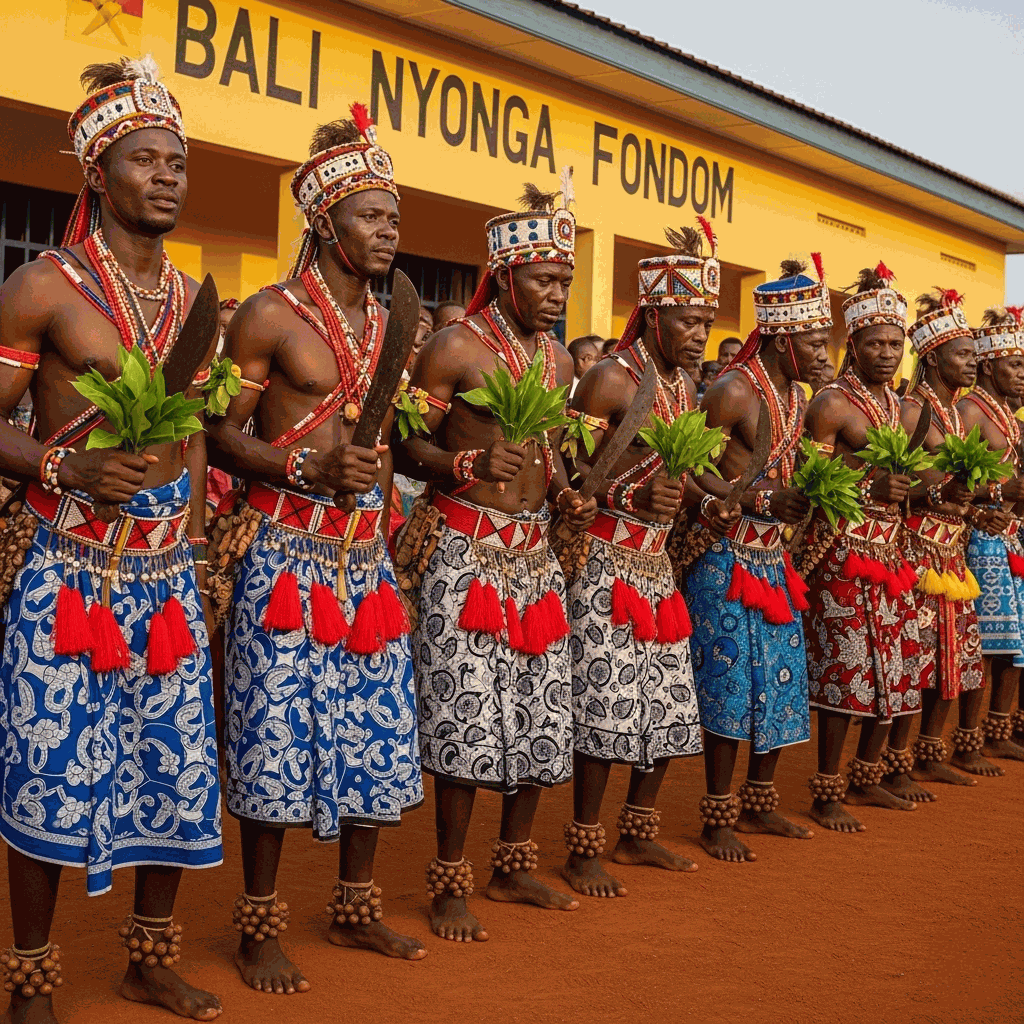
If you want to truly connect with Cameroon, the best moments often come not from big tourist attractions, but from the quieter, more authentic places and events that reflect everyday life. Here are a few unforgettable experiences that go beyond the usual travel path:
Hidden Cultural Festivals (Beyond the Famous Ones)
Most people hear about big events like the Ngondo Festival in Douala or the vibrantMask Festivals of the Bamileke people. But across Cameroon, small cultural festivals happen all year round—each one deeply tied to the traditions of local communities.
You might stumble upon a colorful harvest celebration, a local wrestling match in a village arena, or even an age-old initiation ceremony. These aren’t always advertised, and attending often means knowing someone local or being flexible with your plans. But that’s the beauty of it—it’s raw, real, and lets you witness traditions that are alive and thriving, not staged for tourists.
Stay with a Baka Pygmy Community
For a once-in-a-lifetime cultural exchange, spend time with the Baka people, often called pygmies, in villages near the Dja Faunal Reserve or the East Region. These forest communities live closely with nature, maintaining traditions that go back generations.
During a homestay (arranged by ethical, eco-focused tour guides), you might learn how they hunt, gather food, or make traditional music—especially their unique polyphonic songs that echo through the forest. It’s not just a visit; it’s a respectful way to understand a lifestyle that's completely different from your own, while directly supporting the community.
Trek the Far North and Meet Mountain Communities
Yes, Waza National Park is amazing, but there’s so much more to the Far North Region than just wildlife. Around the Mandara Mountains, you’ll find dramatic landscapes dotted with villages that seem to grow out of the rock itself.
Here, ethnic groups like the Mafa and Kapsiki have built incredible stone homes on the slopes, preserving unique ways of life that blend tradition and resilience. With a local guide, you can hike through these areas safely, visit markets, join a meal, or just share a conversation. It’s a raw, stunning side of Cameroon that very few travelers ever see.
Why Are These Cameroon Gems Missed?
Several factors contribute to these sites remaining "hidden."
- Accessibility: Many of these locations are in remote areas with challenging road conditions, especially during the rainy season.
- Limited Infrastructure: Tourist amenities like hotels, restaurants, and reliable transport can be scarce, requiring more adventurous and self-sufficient travel.
- Lack of Promotion: These sites are often not heavily marketed by the national tourism board or international tour operators, who tend to focus on more established attractions.
- Security Concerns: Certain regions of Cameroon have faced security challenges, which, while often localized, can deter tourists from exploring broader areas.
Tips for Exploring Cameroon's Hidden Gems
If you want to visit less-known places in Cameroon, here are some important tips:
- Hire Local Guides: Local guides help keep you safe, explain the culture, and take you to hard-to-reach places. They also make sure the local people benefit from your visit.
- Plan Carefully: Check transport, places to stay, and local customs before your trip. Be ready for things to take longer than expected.
- Respect Local Cultures: Learn a few words in French or local languages. Always ask before taking pictures and wear modest clothes, especially in traditional villages.
- Think About Safety: Stay updated on safety news in the area. If you go to very remote places, use trusted tour companies.
- Be Flexible: Things may not always go as planned. A positive and open attitude will help you enjoy your trip more.
Cameroon’s hidden places offer a true and special travel experience. By going beyond the usual tourist spots, you’ll find amazing nature, old traditions, and lively local communities that will give you memories to last a lifetime.
Disclaimer: While this information was last updated in June 2025, we strongly suggest confirming all travel details with the appropriate governmental agencies, embassies, and airlines.
Applying for a Cameroon eVisa
- Step 1: Complete the online application form with your personal details and passport information.
- Step 2: Proceed to securely pay online using your credit card.
- Step 3: Check your email for payment confirmation and receipt of your Cameroon eVisa, which will be sent electronically.

